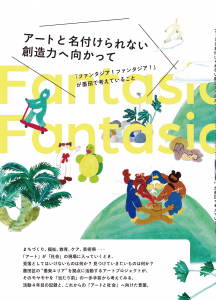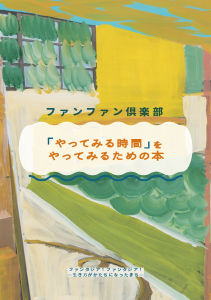We will organize and utilize a hub in the Bokuto area.
Gate Studio (5-23-3 Higashimukojima, Sumida-ku, Tokyo)
Open: Unscheduled
The northeast part of Sumida-ku known as the Bokuto area is a place where many artists still live today, sparked by community-based art projects in the early 2000s. The area provides the setting for this project, an attempt to create a learning forum for local people so they can foster the creativity required for living a spiritually enriched life through encounters with artists and researchers. Through insights gleaned from dialogue with others, participants will continue to broaden their imagination, and initiate small-scale experiments to deconstruct their own conventional wisdom and sense of what is “ordinary.”
We will organize and utilize a hub in the Bokuto area.
Gate Studio (5-23-3 Higashimukojima, Sumida-ku, Tokyo)
Open: Unscheduled
We will create an archive of cultural projects carried out in Sumida-ku to date and carry out research on data and resources. Results of the archive project and related materials will be preserved at the hub with the aim of making some information available to the public.
We will also explore archiving methods for this project as we conduct it.
We will continue with the interview project WANDERING, aimed at communication with local people. This year, we aim to share project results and techniques to date, both inside and outside the area.
http://fantasiafantasia.jp/wandering/
This is a study program of lectures and discussions by guest experts who engage in research and practice on themes related to “living” such as art, education, and agriculture.
This is a project carried out in partnership with artist Yui Usui and local welfare facilities.
In it we will conduct research and workshops centering on the history of the Settlement Movement, a volunteer-driven reformist social movement that flourished in Sumida-ku during the Taisho period.
This program based on the concept “deciphering unchallenged ideas” includes Fan Fan Letter creation, and the exploration of new methods for dialogue based on the interests of each participant.
We publish “Fan Fan Letters” (about twice a month) to publicize local information and project activities to the community and create records enabling us to externally communicate the results of project initiatives. In addition, we will provide information using our website and social media, to regularly inform the public about the project.

